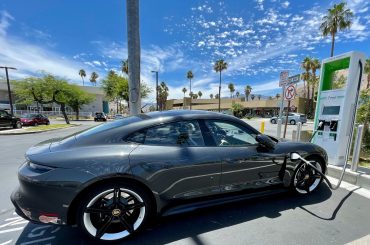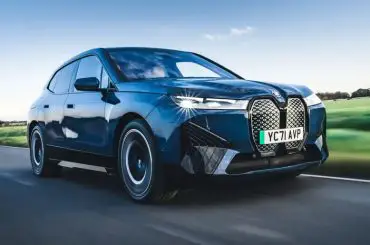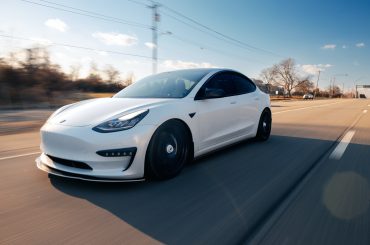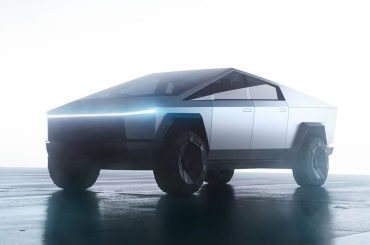Contents
Introduction| History of Electric Vehicles
Electric vehicles (EVs) have been around for over a century, with early versions popping up as far back as the 1800s. Despite their long history, it wasn’t until the 21st century that EVs began to gain traction as a viable alternative to traditional gas-powered vehicles. In this article, we’ll explore the history of electric vehicles, from their humble beginnings to the present day.
The Early Years of EVs
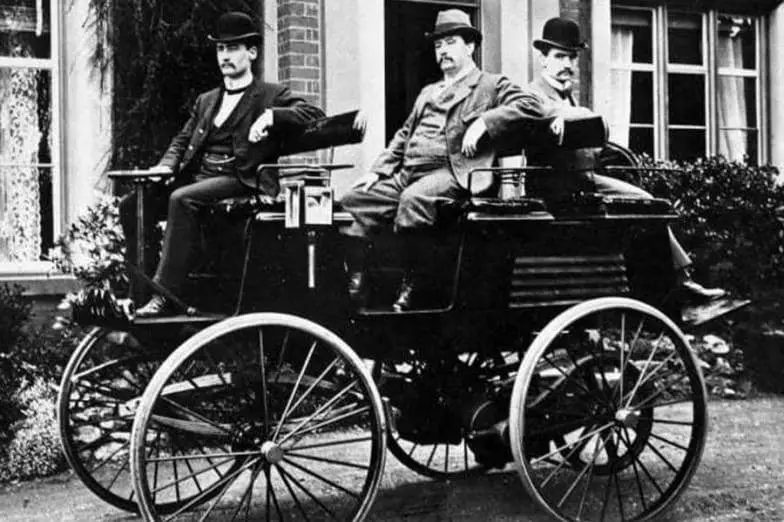
The first electric vehicle was invented in the early 1800s by Scottish inventor Robert Anderson. Anderson’s invention was powered by non-rechargeable batteries, which made it impractical for everyday use. However, it was a significant breakthrough in the development of EVs. And we can assume that it is the beginning of the history of electric vehicles.
In the following years, several inventors continued to work on electric vehicles, including Thomas Davenport, who created a small electric motor that could power a model car in 1834. In 1859, French physicist Gaston Planté invented the lead-acid battery, which allowed for the creation of more practical electric vehicles.
In the late 1800s, electric vehicles began to gain popularity as a mode of transportation, particularly for short trips. They were quiet, easy to operate, and required little maintenance. Electric vehicles were also preferred by women drivers as they were cleaner and easier to handle than gasoline-powered vehicles.
The Rise of Gas-Powered Vehicles
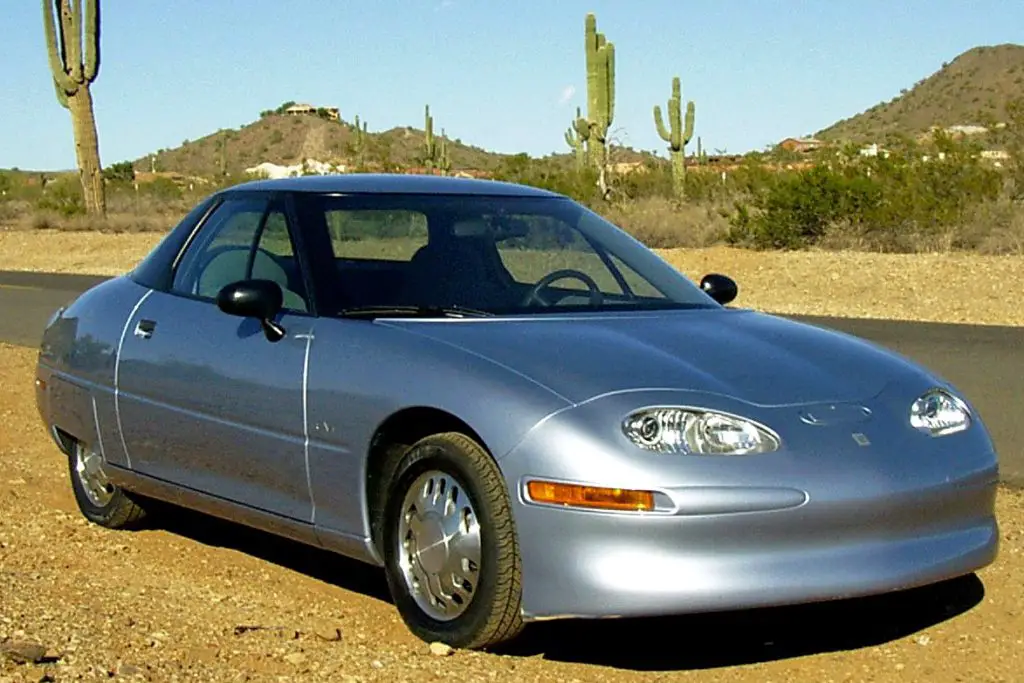
Despite their early success, electric vehicles faced stiff competition from gasoline-powered vehicles in the early 1900s. Gas-powered vehicles were more powerful, had longer ranges, and were easier to refuel. As a result, in the history of electric vehicles, they fell out of favor with consumers and were mostly used as niche vehicles, such as delivery trucks and taxis.
The 1970s and 1980s saw a renewed interest in electric vehicles due to concerns over rising gas prices and air pollution. Several automakers, including General Motors, produced electric vehicles during this time, but they were still limited in range and lacked the power and convenience of gas-powered vehicles.
The Modern Era of EVs
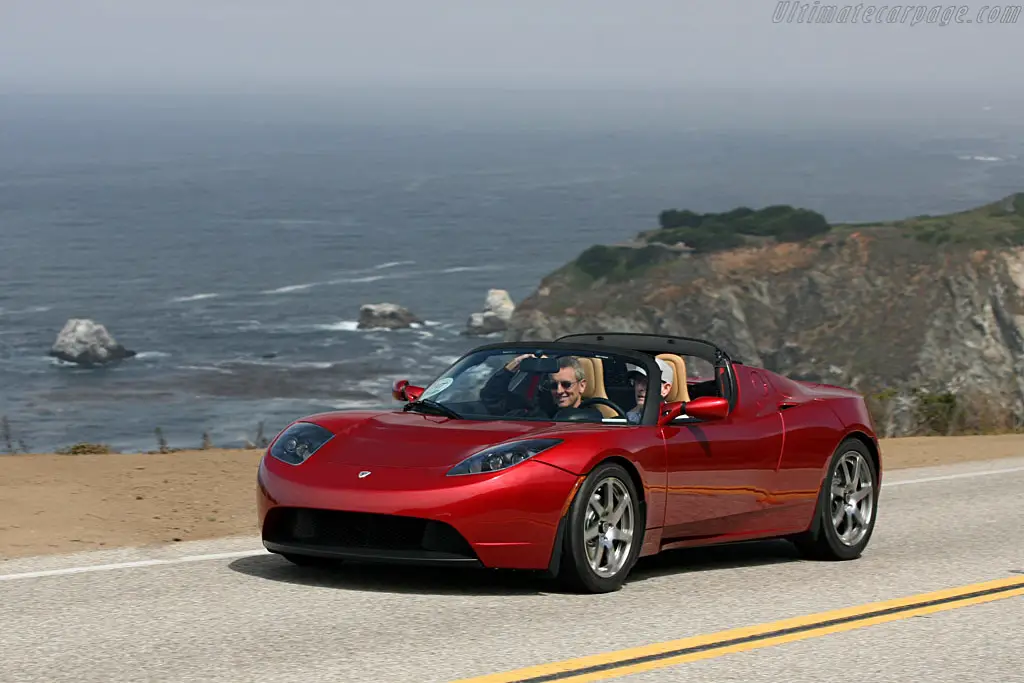
It wasn’t until the early 2000s that electric vehicles began to make a comeback. In 2006, Tesla Motors released the Roadster, the first high-performance electric sports car. The Roadster’s success paved the way for a new generation of EVs that were more powerful, had longer ranges, and were more affordable.
Today, electric vehicles are becoming increasingly popular, with several automakers offering a range of EV models. Electric vehicles are seen as a cleaner and more sustainable alternative to gas-powered vehicles, and many governments around the world are offering incentives to encourage their adoption.
Different Milestones In the History of Electric Vehicles
The 1910s and 1920s: Electric Taxis and Delivery Trucks
In the 1910s and 1920s, electric vehicles experienced a resurgence in popularity as they were preferred by taxi and delivery companies due to their reliability, low operating costs, and low maintenance requirements. At the height of their popularity, there were over 30,000 electric taxis operating in New York City alone.
The 1930s to 1960s: Decline of Electric Vehicles
The 1930s to 1960s saw a decline in the popularity of electric vehicles as gasoline-powered vehicles became cheaper and more widely available. Many electric vehicle manufacturers went out of business during this time, and gasoline-powered vehicles became the dominant mode of transportation.
The 1970s and 1980s: Renewed Interest in Electric Vehicles
The 1970s and 1980s saw a renewed interest in electric vehicles due to concerns over rising gas prices and air pollution. Several automakers, including General Motors, produced electric vehicles during this time, but they were still limited in range and lacked the power and convenience of gas-powered vehicles.
The 1990s: California’s Zero-Emissions Vehicle Mandate
In 1990, the state of California passed a law known as the Zero-Emissions Vehicle (ZEV) mandate. The law required automakers to produce a certain percentage of zero-emissions vehicles, including electric vehicles. This mandate led to the development of several electric vehicle prototypes by automakers, but it was eventually challenged and weakened by legal battles.
The 2000s: Tesla Motors and the Rise of Modern Electric Vehicles
The early 2000s saw the rise of modern electric vehicles, with the introduction of the Tesla Roadster in 2006. The Roadster was the first high-performance electric sports car and proved that electric vehicles could be powerful, stylish, and practical. Tesla’s success paved the way for other automakers to develop their own electric vehicles, and today there are dozens of electric vehicle models available from various manufacturers. In fact, the Tesla company has made a significant contribution to the history of electric vehicles and their advancement.
The Future of Electric Vehicles
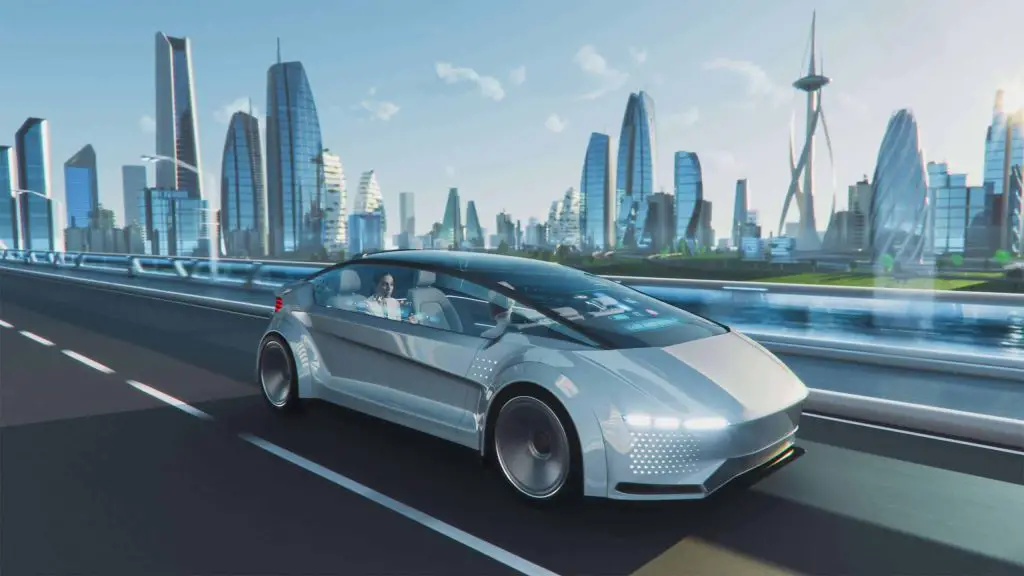
The future of electric vehicles looks promising, as governments around the world are investing in infrastructure and offering incentives to encourage their adoption. In the United States, President Joe Biden has pledged to install 500,000 EV charging stations across the country by 2030, and several states have announced plans to phase out gas-powered vehicles in the coming decades.
In addition, advancements in battery technology are making electric vehicles more practical and affordable. New battery chemistries, such as solid-state batteries, promise to increase range and reduce charging times, while also reducing the cost of electric vehicles.
Conclusion
Electric vehicles have come a long way since their humble beginnings in the 1800s. Despite facing stiff competition from gas-powered vehicles for much of the 20th century, electric vehicles have experienced a resurgence in popularity in recent years. Today, electric vehicles are seen as a cleaner and more sustainable alternative to gas-powered vehicles, and many governments around the world are investing in infrastructure and offering incentives to encourage their adoption. As battery technology continues to improve, electric vehicles are poised to play an even greater role in the transition to a more sustainable transportation system.


